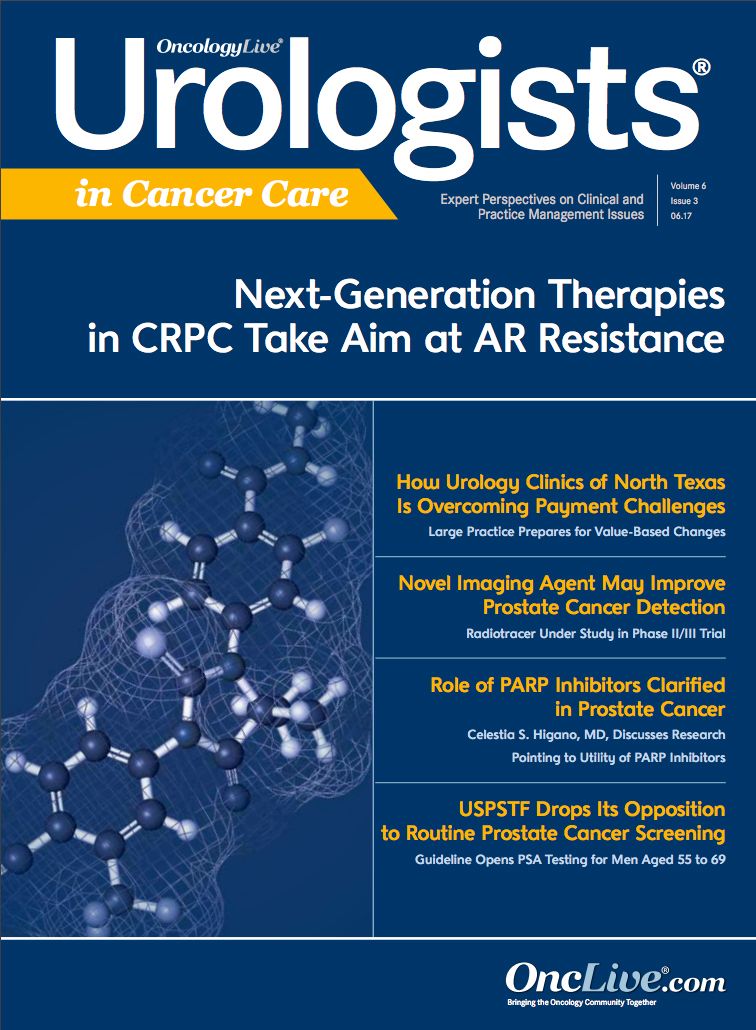Publication
Article
Oncology Live Urologists in Cancer Care®
It's a Family Affair
Author(s):
The vision and dedication to training future urologic surgeons and advancing care by these giants of urology should never go unrecognized, underappreciated, or forgotten.
Raoul S. Concepcion, MD, FACS
The arrival of spring generally heralds a sequence of significant events that most of us look forward to in some form or fashion as we hopefully jettison the doldrums of winter. The NCAA Final Four basketball tournament, the Masters, Opening Day in Major League Baseball, the Stanley Cup playoffs, both Easter and Passover, and yes, the annual meeting of the American Urological Association (AUA), which convened in Boston over May 12 to 16.
It was 30 years ago that I was preparing for my first AUA meeting, also that year in Beantown, having had 3 presentations accepted as a reward for toiling away in the research lab at Vanderbilt, monitoring and operating on hundreds of rodents and canines (developing a significant allergic cross reactivity to feline dander along the way). The preparation time for podium presentations and posters was much more laborintensive than what is currently required today. Slides were either black and white, or blue and white. Harvard Graphics was considered state-of-the-art, not PowerPoint. We loaded slide carousels, not portable thumb drives. Illustrations were drawn by hand, unless you had personal access to the equivalent of physician-artist Frank Netter.
What made this particularly exciting for yours truly, besides being my first national meeting, was that my father and mother were also going to attend. The late Joe Dowd was president of the AUA, chairman of urology at the Lahey Clinic, and was presiding over the meeting. My dad, one of the first residents in the fledgling urology program at Lahey in the late 1950s, decided not to stay on staff, and they hired Dr Dowd.
My father notified Dr Dowd that he would be attending the AUA meeting to support his youngest son. It was a true privilege as a junior resident to be able to spend time with the AUA president one late evening, listening to the history of our specialty as he, my dad, and colleagues regaled one another with stories of times past.
Two years later, I was finishing my chief residency year and my father was going to retire from active practice on his birthday, March 15, the Ides of March. I made it a point to be present on that day with him and my brother Bob, also a urologist and my dad’s partner. The torch had been passed, and I could sense an immense feeling of pride, and a hint of sadness, as the family patriarch walked away from the operating room for the last time, both his sons on either side, sharing the moment. Even in retirement, and until his passing, he remained very inquisitive about the advancement of the specialty, and marveled at the technologic advances, knowing that he played a significant role in our careers, and the field in general. The urologic bond was always present amongst the 3 of us.
My bias is obvious, but it seems we have a significant number of parent-child urologists in the United States. I can probably list at least 20 surnames without much effort, and if given the time, that number would at least quadruple. Is it a function of the specialty, the personality of the individuals, exposure at an early age, a “urology gene” that draws us? (Maybe we should do next-generation sequencing on all urologists.)
Whatever the reason, I have always smiled and rejoiced when I heard of or met a future urologist starting his/her residency whose father is one of us. For me personally, getting the opportunity to engage with the true giants of the field— whether through my father or visiting professors during training—has given me a much deeper appreciation of how great urology is as a specialty.
With only months away before I officially become a sexagenarian, my concern is whether the younger physicians, either in those training or matriculating into practice, will appreciate, or even know, the names and contributions of the physicians who have paved the way for them. Young, Millin, Leadbetter, Huggins, Goodwin, Kaufman, Flocks, Hendren, Donohue, Stamey, Nesbit, Walsh, and Chaussy, to name a few.
The vision and dedication to training future urologic surgeons and advancing care by these giants of urology should never go unrecognized, underappreciated, or forgotten. We need to continue in this tradition, lest we forget our roots.










